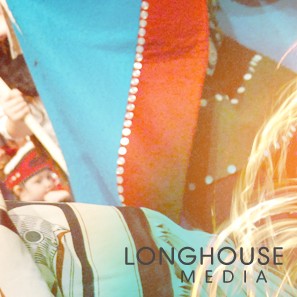Voices in the Wind Productions is the website of Dr Judy Iseke, who is the Canada Research Chair in Indigenous Knowledge and Research and Associate Professor, Faculty of Education, at Lakehead University in Thunder Bay, Ontario. Dr. Iseke’s work is focused on “challenging the appropriation and misrepresentation of Indigenous Knowledge in mainstream art and media.” Dr. Iseke received a $500,000 grant in 2012 for Michif language research, the results of which will be presented on the website. The site also contains some short films (descriptions sourced from the website) with aspects of storytelling and traditional knowledge:
How the Spirit Moves – In this animated short film, we see the human beings who enter the lodge in their spirit form and the animal spirits who help them heal.
A Living History of Metis Families as told by Dorothy Chartrand – Dorothy Chartrand, a Métis grandmother, tells the story of her Metis families as their lives are affected by the political and social change that impacted Métis lives in the 1800s to today.
Grandmothers of the Metis Nation – This film shares Metis grandmothers stories and histories told by the grandmothers and a narrator, to understand the complex roles and responsibilities of Metis women in the past and today.
Understanding What Life is About – Storytelling with Tom McCallum – Tom McCallum (White Standing Buffalo), Métis Elder and storyteller, explains that stories are a history of our people from many lifetimes and that stories are real. In English, with some Cree, he shares 6 entertaining stories which have been animated.
Paper Mache Totem Poles – Misrepresentation, appropriation, and denigrating Indigenous knowledge is still common practice in educational institutions despite efforts of critical educators to challenge these practices.
If you have time for only one, I recommend “Paper Mache Totem Poles”, as it does a nice job of exposing problematic representational practices common to Western education
.

